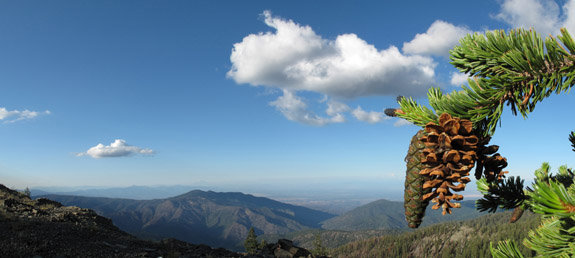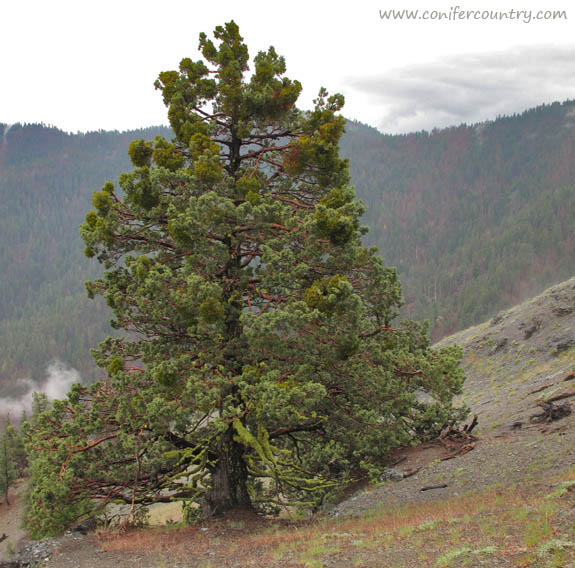Original Publication DATE: 11/7/2010
“We need wilderness because we are wild animals. Every man needs a place where he can go to go crazy in peace. Every Boy Scout troop deserves a forest to get lost, miserable, and starving in. Even the maddest murderer of the sweetest wife should get a chance for a run to the sanctuary of the hills. If only for the sport of it. For the terror, freedom, and delirium…” – Edward Abbey,from The Journey Home
With the passing of the Northern California Coastal Wild Heritage Act in 2006 over 150,000 acres of new wilderness areas were added to the wilderness preservation system. Those new areas are: Yuki, Sanhedrin, Mount Lassic, King Range, Cedar Roughs, Cache Creek , and South Fork of the Eel River. Most of these areas are administered by the Bureau of Land Management (BLM) and there is not much information out there about these places–including how to access our public lands. In many ways this is exciting–the journey to go “crazy in peace” is an ominous and difficult one–in many ways what wilderness should be. With new wilderness on my mind I drove the 70 miles south of Eureka, just into Mendocino County, in an attempt to see this new wilderness and the rare plant communities fostered in the edaphic sky island found there. Though interested in all plants, I must admit the driving force behind this trip was to see the northern range extension of Sargent cypress. Continue reading “South Fork Eel River Wilderness | Red Mountain Unit”

